The awesome world of Web3 is fascinating; however, there are so many acronyms that it may have you scratch'n the ol'noggin a few times. In this post, I want to help you out by decoding 10 Popular Web3 Acronyms to help you along your journey 🕺
1. Web3
Let's start from the top and explain Web3. Many use this new term to describe decentralized websites and applications.

It might be easier to understand by defining the 3 types of the web:
- Web1 - The early days of the web when websites were read-only, and the content was owned by a centralized(single) organization.
- Web2 - Websites allowed users to add content allowing read/write capabilities. The content is still owned by a centralized organization.
- Web3 - This is where websites allow users to authenticate, add content, and own parts of the content. Web3 applications run on the blockchain, and the data is owned by a decentralized organization. This gives more power back to the users and creates a whole new realm of possibilities.
Web 3 applications are commonly built on a blockchain and are decentralized. This will be a good transition into our next acronym 👇
2. DAO
A DAO stands for Decentralized Autonomous Organization. In most organizations, there is typically a CEO who has the final say in making decisions. In Web3, this is referred to as the DAO, an entity with no central leadership. Instead of one person making all the decisions, the DAO is an organized set of rules that we all agree upon, enforced on a blockchain.
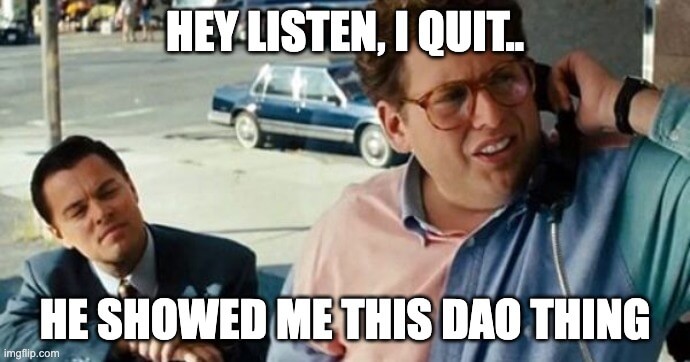
Decentralization is what crypto-currency and blockchain technology is all about. Instead of a single organization (banks/government) making all the big decisions, blockchain technology is governed by a decentralized organization making it more transparent and less likely to become corrupt.
3. Defi
DeFi stands for Decentralized Finance. This is a financial technology where transactions are kept on a shared and transparent ledger. This technology removes the need for centralized banks and financial services.
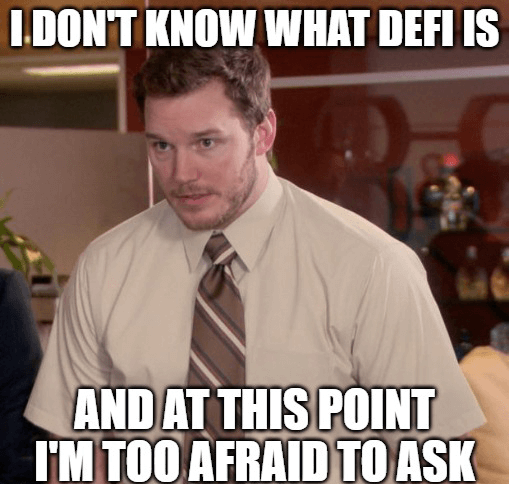
There are so many advantages to DeFi, such as eliminating unnecessary fees, storing assets in a digital wallet, making it available to anyone without approval, ability to transfer funds in seconds or minutes. This is a new and revolutionary way of organizing and structuring the current financial system.
4. Dapp
A Dapp stands for Decentralized Application, which refers to a website or application built on top of Blockchain technology. These applications may function similar to web applications you see nowadays; however, some of the underlying functionality is stored on the blockchain, making it a decentralized application.
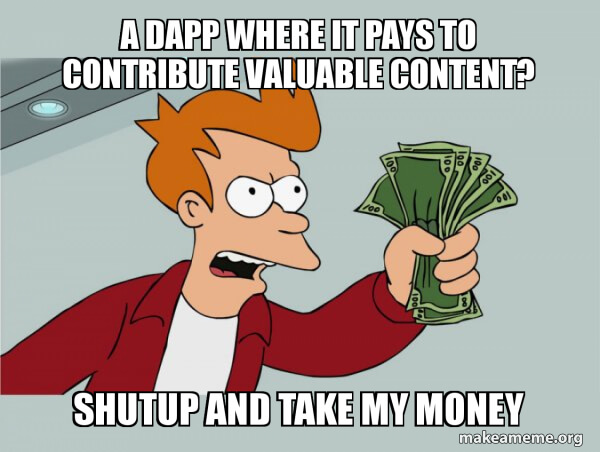
A Dapp may be entirely built on top of a blockchain, or it may have a point system that awards users crypto-currency. It could also be an application that allows users to purchase/create NFTs, which brings us to our next acronym 😉
5. NFT
NFT stands for Non-Fungible Token. These digital assets have recently become extremely popular. I'm sure you've seen these around; one of the popular NFT collections around is the Bored Ape Yacht Club 🦍

NFTs are digital works of art that can be created, traded, and verified. Many cryptocurrencies, such as BitCoin, Ethereum, and Solana, are all fungible assets, meaning that they store value. A non-fungible asset stores data such as the author's name, title, or artwork. These non-fungible tokens allow users to have ownership over an individual unique piece of artwork.
It might be helpful to think of NFTs as virtual baseball cards ⚾️.
6. LP
LP stands for Liquidity Pool. A liquidity pool adds value to a specific token and makes it available for exchange. Here's a quick example to help you understand liquidity pools.
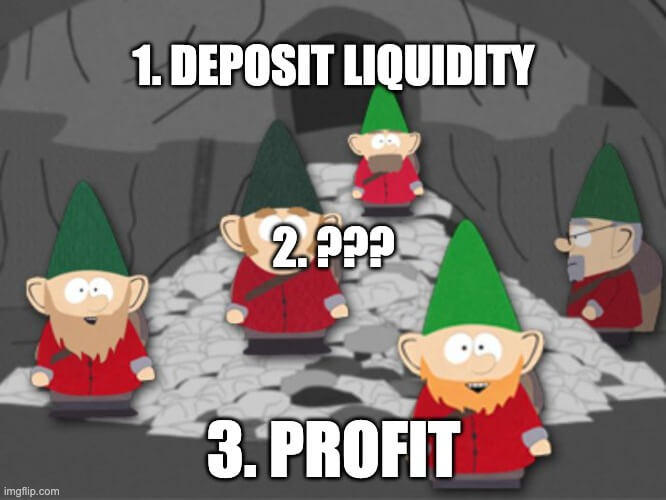
Pretend you are playing a real-life RPG where you earn experience points for doing various things. Over time, say that you accumulate 10XP. These experience points are nothing more than monopoly money because they don't have real value. Unless you added a Liquidity pool to these points. Say that you put $100 US Dollars in a Jar with a label called XP-USD liquidity. You could then say that each XP is worth $1 USD. This is a Liquidity Pool, and you have just added value to your point system (token).
7. DEX
DEX stands for Decentralized Exchange, and it is a website or application that allows users to buy, trade, and exchange various crypto tokens.
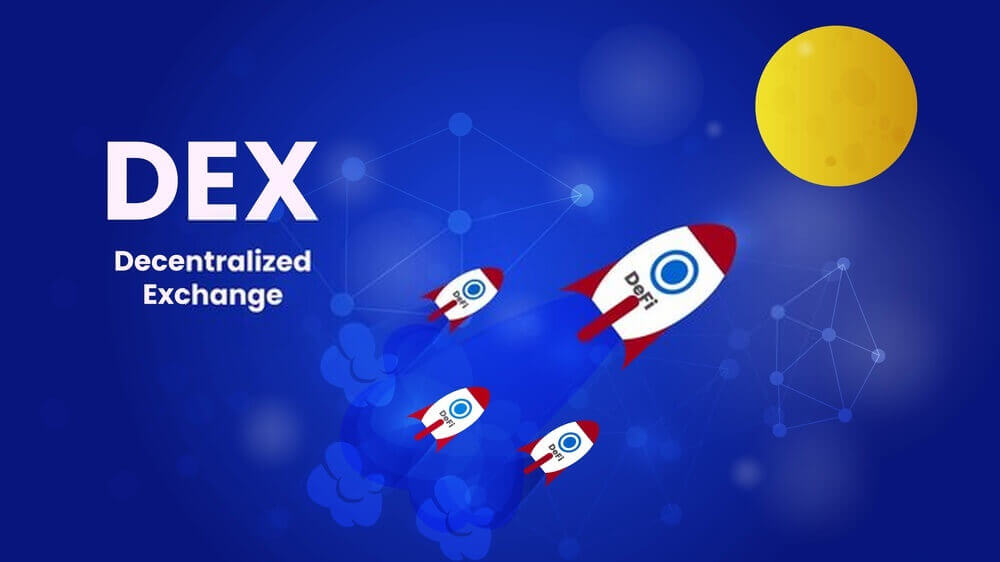
Some of the most popular DEXs available are Pancake Swap, Sushi Swap, and Raydium. Decentralized exchanges allow for traders to swap between crypto tokens (crypto-assets built on a parent blockchain like Ethereum or Solana)
8. AMM
AMM stands for Automated Market Maker. An AMM is a program that allow tokens to be exchanged for other tokens. These markets enable users to provide liquidity for any token. This would mean that anyone can put liquidity into your XP-USD jar scenario in the LP definition 👆.

9. HODL
HODL stands for Hold On for Dear Life and means "hold" onto your tokens instead of selling them. It was once misspelled and is now a meme.

Hold on to your crypto in hopes that they will increase in value 🤞💸
10. WAGMI/GMI
WAGMI/GMI stands for We're All Gonna Make It or Gonna Make It, and it is widely used by the crypto community as a reminder not to lose hope and encourage each other on their journey of crypto investments.
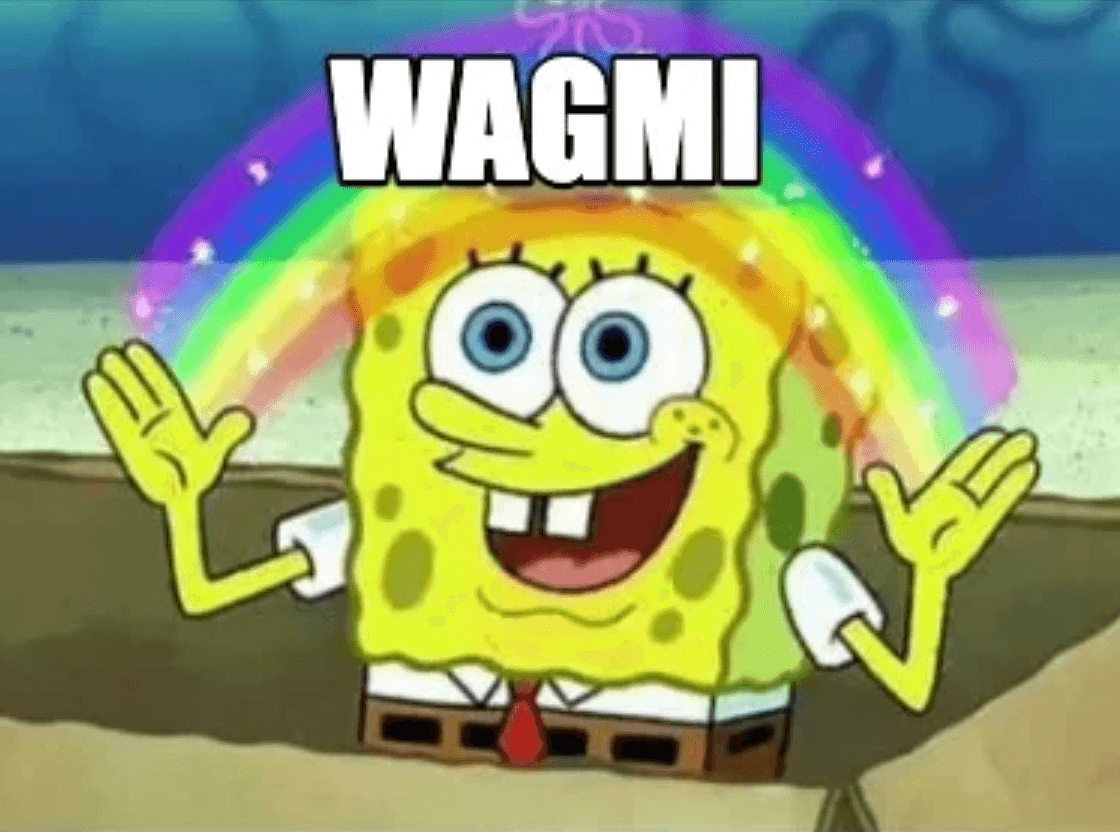
Conclusion
That wraps it up for the top 10 Acronyms in the Web3 World. Remember not to get discouraged along the way. There's so much to learn, but there's also so much to gain. This is an exciting time in the world of finance, and it's only getting better. I hope you have an excellent day 👏
Oh... and... WAGMI!
